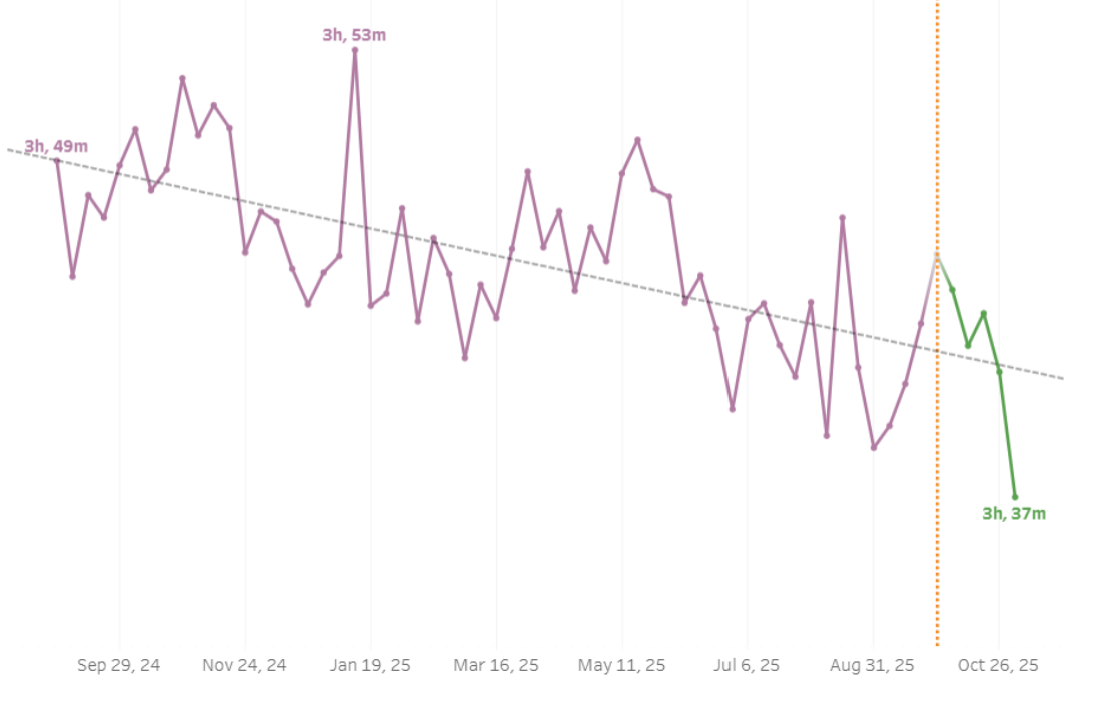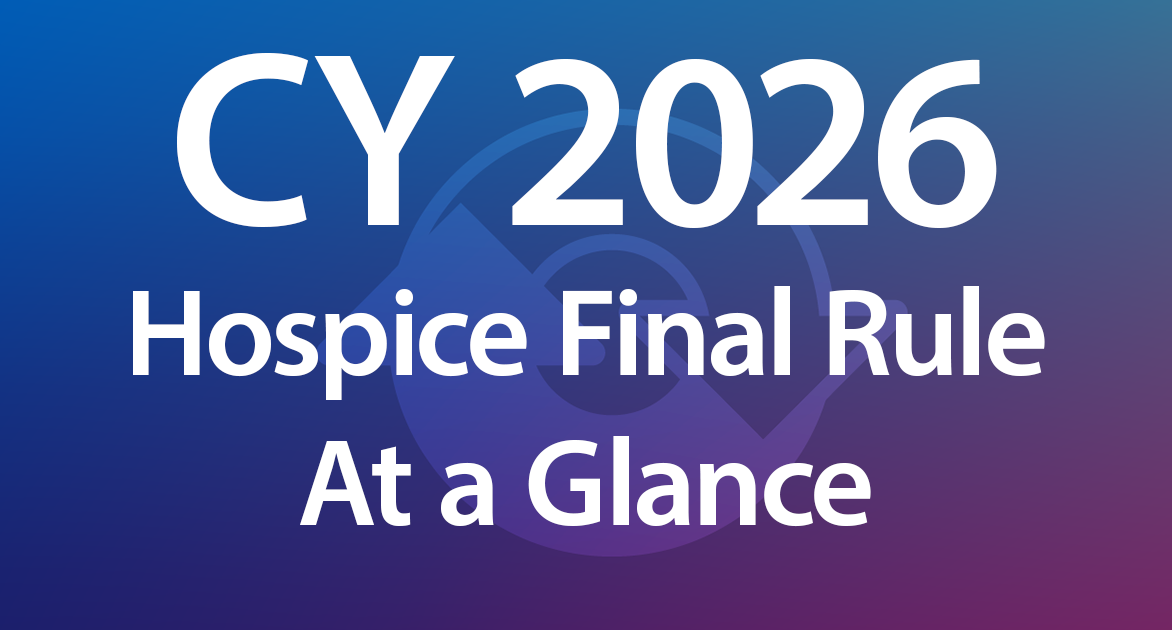At HCHB, we are dedicated to supporting our customers as they transition through regulatory updates. Our most recent efforts have focused on the Hospice Outcomes and Patient Evaluation (HOPE) regulatory update. The Hospice Final Rule mandated the implementation of HOPE as a replacement for Hospice Item Set (HIS) by October 1, 2025. In this article, we will share the tactics Homecare Homebase employed to help our customers prepare for the HOPE transition and the early results we have seen. We started by developing a series of compliance aids, allowing agencies to concentrate on delivering essential care without added administrative burdens.

One of the key changes dictated by HOPE is the addition of Hope Update Visit (HUV) visits at throughout the patient’s time on hospice. Prior to HOPE, agencies were only required to submit data to CMS at entry and discharge from hospice service. The data from the new HUV visits will give CMS more insight into the care provided to hospice patients. In February, we launched HOPE-related setting label changes, laying the groundwork for a smooth adaptation process. By May, introduced support for Hope Update Visit (HUV) scheduling and documentation into the production environment, which included the ability to efficiently schedule and document HUVs, alongside messaging alerts for scheduling deviations. This ensured that clinicians are aware of visit requirements. Launching this functionality in May gave agencies time to test clinical processes, confirm clinicians have adapted to new documentation and scheduling requirements and complete any further clinical training necessary.
The other major HOPE change is the introduction of the Symptom Follow-up Visit (SFV). After October 1, 2025, if a patient’s symptoms are rated as having a moderate or severe impact during start of care or HUV assessments, then the agency must schedule a SFV visit within two days to ensure the patient’s symptoms are addressed and managed properly. As part of our commitment to excellence, starting in July, our training environment supported SFV collection, integrating it seamlessly into HOPE records. We also introduced a new workflow for HUV, performed billing audits, and updated reports to maintain accuracy and compliance with the new regulations. Agencies had the opportunity to also test the updates to these administrative processes and make adjustments. These enhancements were designed to make the HOPE go-live date as smooth as possible with full support from our systems.
Post go-live, we have continued to refine our analytics to provide actionable insights, ensuring that our clients can adapt to new data collection time points. Our platform will feature new prompt messages and scheduling support that notify clinicians if HUV or SFV visits are either missing or not aligned. Early results in the first month after HOPE go live has shown that Homecare Homebase’s efforts have paid off.
Early HOPE Results from Homecare Homebase
Agencies utilizing HCHB transitioned seamlessly from HIS process to HOPE. HCHB clients have achieved a 99% compliance rate for submitting HOPE metrics within the required deadline (with an average submission time of 5.8 days). Our clients are also taking the addition of HUV visits in stride, achieving a 97% compliance rate for HUV visit timing.
Total Documentation Time Trend
The chart below shows early total documentation time for visits starting before the HOPE Go-Live date and after. Prior to go-live, agencies were concerned that HOPE might lead to increased admission visit times as clinicians adjusted to the new assessment. However, HCHB data shows that documentation time is not increasing for our clients despite the significant changes hospices were required to make in their documentation processes.

HCHB is committed to offering continued advancements to help agencies adapt to HOPE. Our team will release HCHB Analytics dashboards in early 2026, along with additional refinements to our software. We are here to support you every step of the way, empowering your team to focus on what truly matters.










